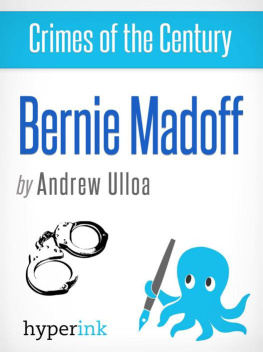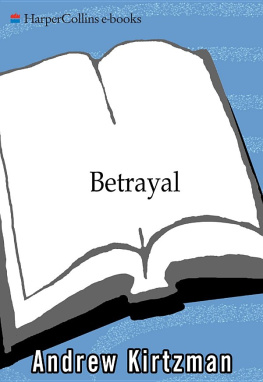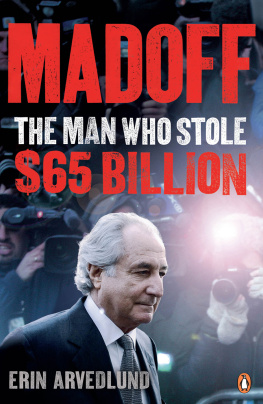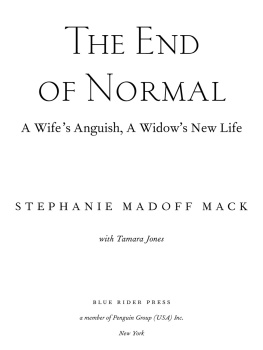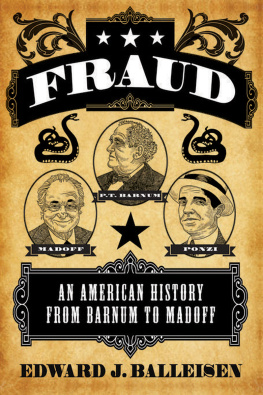Taking the Field
The Baseball Talmud

Copyright 2011 by Howard Megdal
Electronic edition published in December 2011
All rights reserved. No part of this book may be reproduced or transmitted in any form or by any means, electronic or mechanical, including photocopying, recording, or by any information storage and retrieval system, without permission in writing from the publisher. For information address Bloomsbury USA, 175 Fifth Avenue, New York, NY 10010.
Published by Bloomsbury USA, New York
LIBRARY OF CONGRESS CATALOGING-IN-PUBLICATION DATA HAS BEEN APPLIED FOR.
ISBN: 978-1-60819-904-4 (ebook)
www.bloomsburyusa.com
To Rachel and Mirabelle, a pair of long-term investments with perpetually increasing returns.
When Bernie Madoff was arrested for financial fraud on December 11, 2008, there were astonishingly far-reaching consequences. Madoff was emblematic of the sudden recession that had struck a few months before; he was a man people wanted urgently to punish. But no one was more affected by his fall than his clients. Some of these folks clicked open their portfolios to discover that thousands or even millions of dollars they thought were there had never existed. Others had a different problem, one that would take longer to fully manifest itself: not only had they lost what money Madoff still had of theirs, but they also would soon owe their Madoff profits to Madoffs victims. Fred Wilpon, principal owner of the New York Mets, was one of these people.
In the final six years of Madoffs Ponzi scheme, Bernard L. Madoff Investment Securities brought in $17.3 billion in principal. Because Wilpon profited handsomely from the scheme, some have assumedfalselythat Wilpon was somehow in on it. The truth is that Wilpon was among the many Madoff investors who profited, and so he is partially responsible for paying back those who lost money to him. What he knew or didnt know is a separate issue. And there are many other questions yet to be resolved. What was the nature of the relationship between Wilpon and Madoff? Exactly how much money does Wilpon have, and how much does he owe to Madoffs victims? Will the losses sustained in the process of resolving Madoffs debts force Wilpon to sell his beloved team?
Irving Picard, a bankruptcy trustee brought on by the Securities Investor Protection Corporation (and paid by them) to recover as much of that $17.3 billion as he can from the people to whom it was paid out as fictitious profits from investments that never took place is tasked with answering many of these questions. Picard is working to determine where all that money went, and using existing law to recover it. To date, he's already recovered $8.6 billion for the victims, and lawsuits are moving forward to collect far more than that. The purpose of this book is to sort through Picards findings, the lawsuits, and the facts, and to spell out what happened to the hundreds of millions of dollars that Fred Wilpon made from his Madoff investments, the hundreds of millions Wilpon had with Madoff that he lost, and what effect both those losses and the legal proceedings will have on Wilpon and the New York Mets, the team hes owned since 1980.
It is a complex case. But contrary to conspiracy theories and rumor, Madoff's moneyrather, the money that Madoff took and pretended to investdidnt go to buy diamonds that he has stashed secretly all over the world, or get buried in some secret account. Those who lost money with Madoff lost it to those who made money with Madoff. And in the overwhelming majority of those cases, even the trustee Picard acknowledges it happened without anyones knowledge, save that of Madoff himself. Despite the innocence of the winners, the law in Ponzi schemes has been clear: those who profited need to make those who lost whole again.
Fred Wilpon was a net winner in the Ponzi scheme, as the phrase goes. So why would he be in financial trouble? The answer lies in Wilpons impressively heavy reliance on money he made from Madoff, both as a source of funds for his businesses and as collateral for loans made against that money.
Much ink has been spilled on the subject of Fred Wilpon, Bernie Madoff, Irving Picard, and the cases spawned by Madoffs scheme, but little is really understood about the big picture, both of the dire financial straits faced by Wilpon and of the exact way the Madoff affair fits within that picture.
Despite some perceptive reporting on the Wilpon-Madoff matter, a full reckoning hasnt been possible to date. The reason for that is the lack a complete picture of what happened and how, to whom and how much Fred Wilpon owes money now, exactly what evidence the trustee has to pursue his case against Wilpon, and what the timeline of the case portends for the future. Only with this information in hand can the public make an accurate determination about who is telling the truth and why. That lack is the reason I wrote this bookto provide as complete a picture as possible.
This book will take you from the day Bernie Madoff was arrested to December 2011, and provide guidance about exactly how to evaluate the action still to come.
While writing this book, I have spent dozens of hours conducting interviews, on background, with those familiar with the case, Picard v. Katz. Those interviewed included both people able to speak on behalf of the principals involved and experts in the relevant fields of law, bankruptcy, and finance. I have examined the extensive public record, legal documents, financial documents, and precedent case law, and gone over details within those documents with both the parties in question and with multiple experts in these matters.
I have attempted, without prejudice, to determine exactly what happened concerning Wilpons relationship to Madoff, and the likelihood of what is going to happen next. The task is materially different than simply recording what one side said, followed by the other side: rarely are opposing legal arguments equal in strength. I have done my best to make it clear when the preponderance of law, opinion, or reality appears to back one side or the other.
To me, Fred Wilpon is a tragic Shakespearean figure. Hes a man who reached the very pinnacle of American lifeenjoying immense wealth, tight family ties, and ownership of an iconic and all-American institution, the New York Mets. The teams home field, Citi Field, in Flushing, was constructed right in his own backyard. Hes an immensely well-liked man who has been loyal throughout his life. And precisely that loyalty may have caused him to lose everything, may make him likely to owe more money to the victims of Bernie Madoff's Ponzi scheme than he can possibly pay. Thats not the fault of the Madoff victims whose money it was. But thats a harsh irony for life to render on anyone.
Wilpon is no villainfar from it. No one, not Met fans nor his employees nor Madoff himself, takes any pleasure in seeing him struggle. That doesnt mean the full responsibility and reckoning for Bernie Madoffs crime has been remedied yet. Heres how Wilpons fall from grace happened, heres whats likely to happen next, and here, finally, is a proposal showing how the calamity should be resolved.
Imagine that somebody with the benefit of hindsight managed to go back in time to 2006 and 2007. That persons goal: to create an individual with the most to lose from the forthcoming economic collapsethen still two years in the future. That tragic figure would probably look something like this:
Youd give that person massive holdings within the commercial real estate industry. Real estate has cratered generally, but people do, at least, need a place to live. Commercial real estate, though booming during the pre-2008 bubble, has been hit harder because most everyone would sooner give up their office than their homes.


